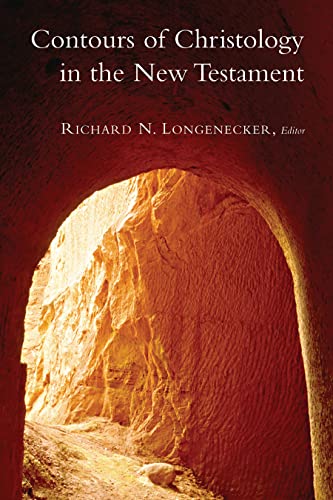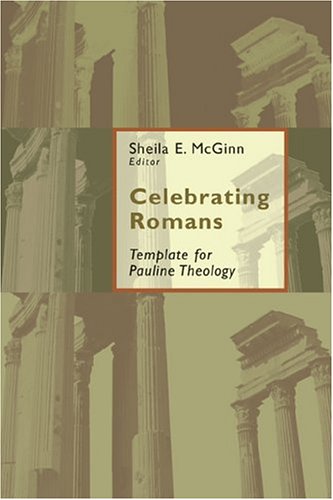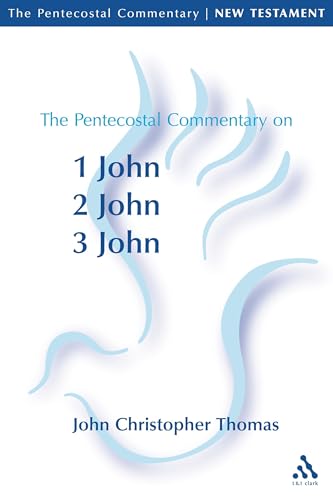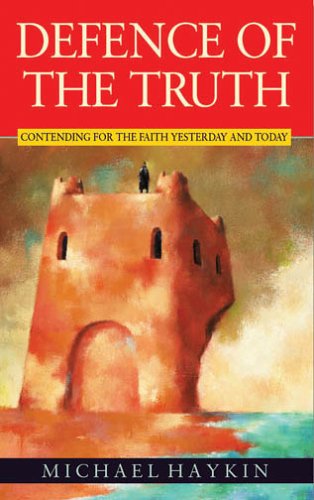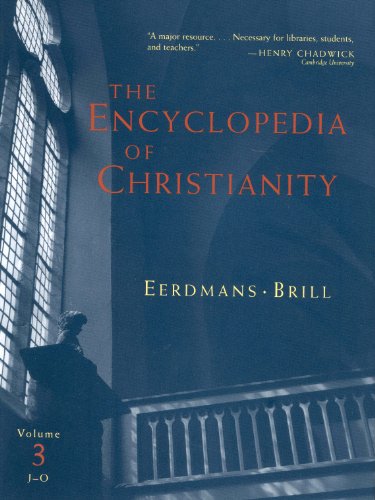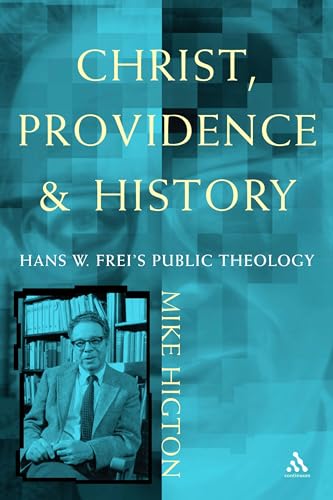CONTOURS OF CHRISTOLOGY IN THE NEW TESTAMENT, MCMASTER NEW TESTAMENT STUDIES 7
Written by Richard N. Longenecker (ed.) Reviewed By D. N. CampbellThe purpose of the MNTS series is to address issues that are of concern to Christians today. The latest addition to this series deals with what should always be of greatest concern among Christians—the person of Jesus Christ.
This volume contains thirteen essays, originally presented at a colloquium in 2001, by a veritable ‘Who’s Who’ of well-respected British and North American NT scholars.
The overall goal of the project was to examine the NT’s presentation and understanding of Jesus Christ. How did the writers of the NT understand the person of Jesus? Each contributor approaches the task of understanding NT Christology from a ‘biblical theology’ perspective, assuming that there exists a shared ‘sense of center’ in the various Christological portrayals by the NT writers. However, the contributors are also sensitive to the distinctive features and emphases in each of the respective Christological portrayals. The different emphases of each perspective are therefore isolated, examined and presented as integral ‘contours’ of the greater landscape which is NT Christology. The contributors, by adopting a narrative critical approach to the NT books, are able to examine all the material within each book rather than just the titles used of Jesus. This results in a fuller understanding of the narrative and purpose of each NT book with regard to the person of Christ.
The volume itself is divided into four sections. The opening section deals with the possible background and setting of these NT writers. Three excellent essays discuss the topics of Jewish messianism of the day, the importance of Jesus as the basis for, and the focus of the writers’ thought, and the Christological materials in the early Christian worshipping communities. The subject matter of these essays could easily have proved overwhelming or irrelevant for the target audience. However, each essay is a model of clarity and good scholarship and provides insight into the background of the NT.
The next three sections are composed of a further ten essays which analyze the writings of the NT from the Gospels to Revelation roughly following the canonical order. These contributions are excellent and are marked by sound exegesis and awareness of the original purpose of each author. These essays remain interesting and fresh even when they discuss those aspects that belong to the shared Christological centre and so have been discussed in the other chapters. This vitality is achieved, in part, by allowing the contributors to adopt their own perspective and apply their own methodology in presenting the material. The overall style is accessible, though not simplistic, and as these chapters are a distillation of the authors’ meticulous scholarship, we are spared unnecessary technical discussion and interaction with more idiosyncratic contributions to the field of Christology. This means that these presentations should survive the test of time better.
For those whose appetite has been whetted and wish to pursue further study, each chapter concludes with a short select bibliography indicating the more important works, both well-established and more recent contributions, pertaining to the subject.
The MNTS series aims at the level of ministers, students and laypeople and this volume successfully addresses the subject of Christology in the NT with clarity and accessibility. This book is full of great insights that will cause the thoughtful reader to stop and wonder afresh on the Lord. The editor and the contributors are to be thanked for the service they have rendered to followers of this Jesus.
D. N. Campbell
King William’s Town, South Africa


